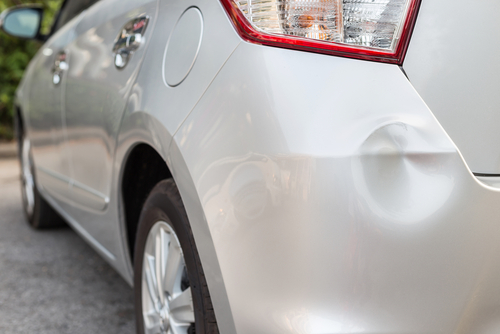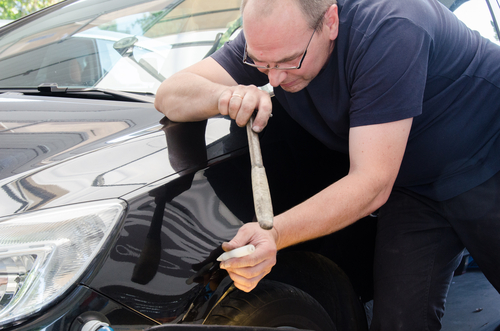Paintless dent repair (PDR) is a process of repairing a car dent that’s not only environmentally friendly but also inexpensive. A traditional dent repair job requires the use of a body filler and paint to cover the dent. The main problem with this method is that it’s costly and can have a significant impact on your car’s resale value. With PDR, you’re able to address the dent for a fraction of the cost and time. If you’re someone who needs a PDR or wants to know how you can do it on your own, here’s how it’s done.
Evaluate the Damage
The first step in any repair job is to evaluate the damage. You can check the damage yourself, but you can also hire a dent repair service provider such as Dent Force to do a thorough assessment. Assessing the damage means asking the following questions:
- Where is the dent located?
- How significant is the dent?
- How will you reach the dent?
After knowing the characteristics of the damage, they can determine whether a PDR is possible. Dents from small collisions are fixable by PDR, whereas dents with cracked or chipped paint will require a costlier job. Fortunately, modern car paints are designed to be resilient even against strong car collisions.
Access the Dent
After the dent has been evaluated, you need to access it so you can start working on the damage. The best way to access the dent is through the backside. Accessing the back side means removing the interior and exterior panels of your vehicle.
For a PDR to be successful, you need to create a safe passage to the dent. The problem is your vehicle has more than one thin sheet of metal protecting it. Proper removal of the panels is crucial to avoid further damage to your car. If the panels are improperly removed, you could encounter an accident that may cost you a lot of money to repair.
If you have determined that you require paintless dent repair services but have not yet found a provider in your area, consider consulting experts such as Hail Specialists Austin PDR (if you live in Texas for example), that are known for providing cost-effective solutions to address undesired dents on your vehicle.

Exert Slow Pressure on the Dent
Specialized tools will be needed to work out the dent. These tools are inexpensive, but handling them might be challenging for inexperienced users. PDR tools come in all shapes and sizes to address various types of dent. Precision handling of these tools is what separates a bad repair job from those that look like nothing happened to it. If you’re feeling unsure, better let a good mechanic handle it for you.
The mechanic will gently put pressure on the back side of the dent by slowly pounding or pulling on it. A typical PDR job will usually take a few minutes to an hour depending on the severity of the dent. This kind of slow and noninvasive procedure is the reason why car enthusiasts stand by PDR.
Pros and Cons of PDR
PDR can effectively repair dings and dents, it’s noninvasive, and it’s cheaper than other alternatives. However, it also has its disadvantages. Here is a list of pros and cons of PDR.
Pros
- Economical – As mentioned, it does not use any automotive filler and will not require a paint job. There will be no need for you to pay extra for these services because after the job is done, it’ll look good as new.
- Quicker – Most PDR jobs will be done with after a few hours or days, depending on the damage. Faster turnaround time means that you won’t get too inconvenienced with not having a car.
- Original paint remains – As there is no need to work on the paint job, your factory paint remains intact, which means your warranty stays valid.
- Excellent for vintage cars – If you have a vintage car with an untouched paint job, you don’t want to risk losing its value by utilizing a different dent repair technique. Through PDR, you can preserve the original paint job.
Cons
- Doesn’t work on plastic car parts – This kind of repair won’t work on plastic parts of your car such as a plastic bumper or spoiler.
- Can’t access every part of the car – Some panels may be inaccessible even with tools. Inaccessible areas will make PDR impossible.
- It can’t repair all dents – Heavy dents that affect the original paint job will not be fixed with a PDR. Dents like these require a different approach.
Conclusion
The PDR process isn’t complicated. You just need to assess the damage, access it, and slowly put pressure on the dent. It’s a job that takes only a few hours, but the results are phenomenal. After getting a PDR, you can expect the area to go back to its original form. However, you have to remember to be careful with that area as it’ll be more susceptible to damage in the future because the metal has already been compromised.
Related Posts












